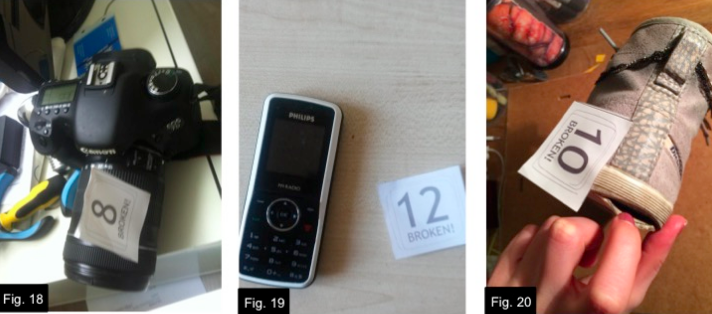[Paper] Understanding user motivations and drawbacks related to product repair

Understanding User Motivations and Drawbacks Related to Product Repair
By Nazli Terzioglu, Dan Lockton, Clare Brass (Royal College of Arts)
Conference Paper, Sustainable innovation 2015
The Centre for Sustainable Design, London
This paper presents the findings from an exploratory study that looks at current user behaviours and activities and scrutinises motivations and barriers related to product repair. The cultural probes method (Gaver, Dunne, & Pacenti, 1999) is used in order to broadly explore the motivations of, and drawbacks for, users and to inspire them to reflect and report their experiences and concerns about repaired and broken products. Non-Âprofessional people who have got broken products, who repaired products and/or who had products repaired are selected for this study. A range of motivation and drawback categories are developed in diverse contexts that suggest opportunities to understand and change user behaviour, through design, to reduce their environmental impact. Furthermore, this study serves as baseline research for future investigations in how to integrate repair into business models and design processes in order to extend product lifespan.



